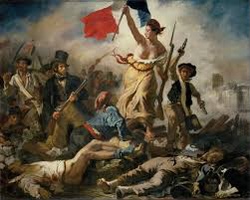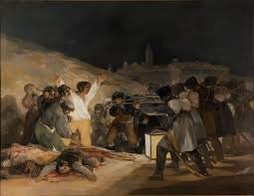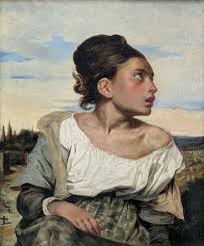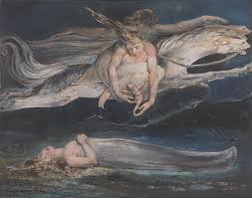Romanticism Art Movement
- portiaibe
- Nov 11, 2023
- 2 min read
Introduction:
The Romanticism art movement, which emerged in the late 18th century and flourished in the 19th century, was a profound reaction against the rationality and orderliness of the Enlightenment era. It sought to embrace the power of emotion, individuality, and the untamed beauty of nature. In this blog post, we will delve into the essence of Romanticism, exploring its key concepts, notable artists, and the impact it has had on the art world.
1. Embracing the Sublime:
At the heart of Romanticism lies the concept of the sublime. Romantic artists sought to capture the overwhelming and awe-inspiring aspects of nature, often evoking a sense of grandeur and transcendence. They aimed to elicit powerful emotional responses from the viewer, tapping into the depths of their imagination and stirring their souls.
2. Nature as a Source of Inspiration:
Romanticism celebrated the beauty and power of the natural world. Artists such as J.M.W. Turner and Caspar David Friedrich depicted untamed landscapes, stormy seas, and majestic mountains, emphasizing the insignificance of humanity in the face of nature's might. Through their paintings, they invited viewers to escape the confines of urban life and experience the transformative qualities of the natural environment.
3. The Power of Emotion:
Romanticism rejected the stoic restraint of the Enlightenment period and embraced the expression of intense emotions. Artists like Eugène Delacroix and Francisco Goya portrayed vivid scenes filled with passion, turmoil, and inner struggles. They explored themes of love, longing, despair, and the darker aspects of the human psyche, offering a glimpse into the complexities of the human experience.
4. Celebrating Individuality and Imagination:
Romanticism placed great emphasis on the individual, valuing personal expression and imagination. Artists sought to break free from the constraints of societal norms and explore their own unique visions. This emphasis on individuality paved the way for the emergence of the artist as a visionary and creative genius, with figures like William Blake and John Constable pushing the boundaries of artistic conventions.
5. Escaping Reality:
In an era marked by industrialization and rapid social change, Romanticism offered a form of escapism. Through their artworks, artists transported viewers to distant lands, mythical realms, and imagined worlds. They provided an antidote to the realities of everyday life, allowing people to momentarily detach themselves from the constraints of society and connect with something deeper and more profound.
Conclusion:
The Romanticism art movement continues to captivate audiences with its exploration of the sublime, celebration of nature, and emphasis on emotion, individuality, and imagination. Through their works, Romantic artists left a lasting legacy, challenging artistic conventions and inviting viewers to embark on a journey of self-discovery and introspection. Today, we can still find echoes of Romanticism in contemporary art, reminding us of the enduring power and relevance of this influential movement.








Comments